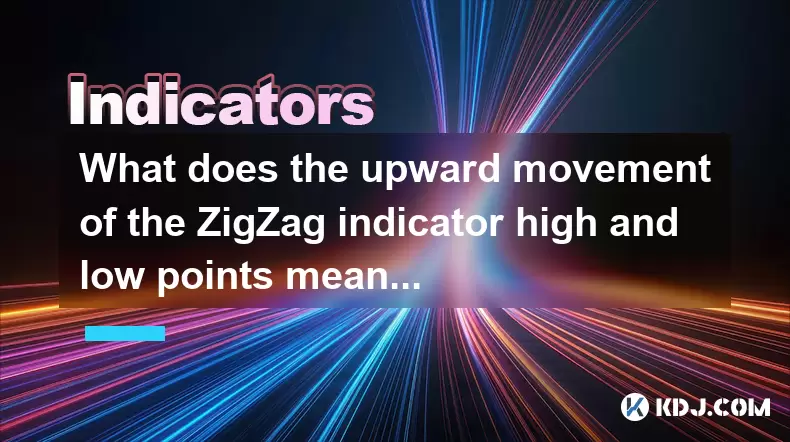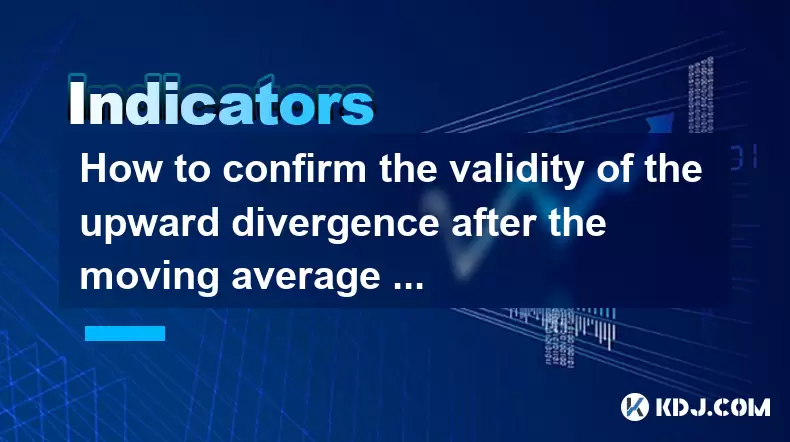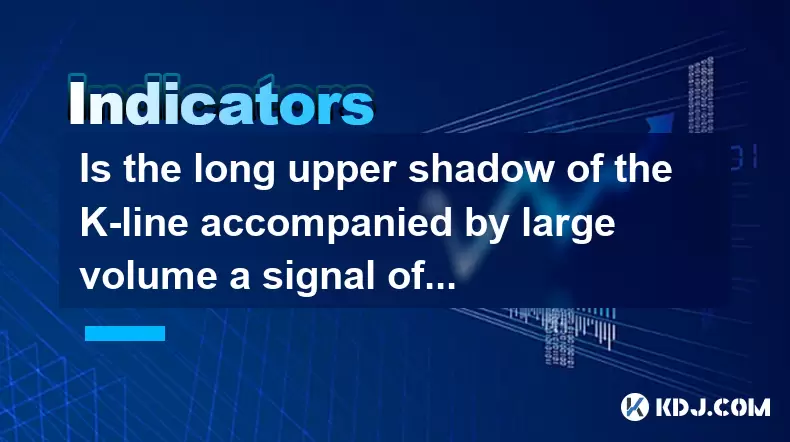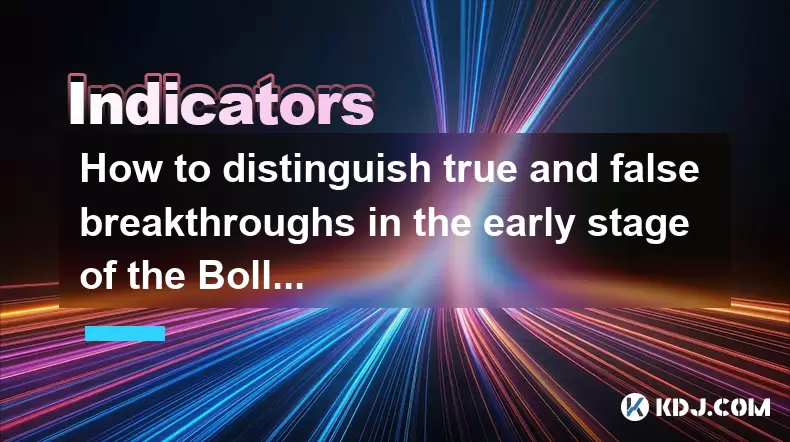-
 Bitcoin
Bitcoin $106,754.6083
1.33% -
 Ethereum
Ethereum $2,625.8249
3.80% -
 Tether USDt
Tether USDt $1.0001
-0.03% -
 XRP
XRP $2.1891
1.67% -
 BNB
BNB $654.5220
0.66% -
 Solana
Solana $156.9428
7.28% -
 USDC
USDC $0.9998
0.00% -
 Dogecoin
Dogecoin $0.1780
1.14% -
 TRON
TRON $0.2706
-0.16% -
 Cardano
Cardano $0.6470
2.77% -
 Hyperliquid
Hyperliquid $44.6467
10.24% -
 Sui
Sui $3.1128
3.86% -
 Bitcoin Cash
Bitcoin Cash $455.7646
3.00% -
 Chainlink
Chainlink $13.6858
4.08% -
 UNUS SED LEO
UNUS SED LEO $9.2682
0.21% -
 Avalanche
Avalanche $19.7433
3.79% -
 Stellar
Stellar $0.2616
1.64% -
 Toncoin
Toncoin $3.0222
2.19% -
 Shiba Inu
Shiba Inu $0.0...01220
1.49% -
 Hedera
Hedera $0.1580
2.75% -
 Litecoin
Litecoin $87.4964
2.29% -
 Polkadot
Polkadot $3.8958
3.05% -
 Ethena USDe
Ethena USDe $1.0000
-0.04% -
 Monero
Monero $317.2263
0.26% -
 Bitget Token
Bitget Token $4.5985
1.68% -
 Dai
Dai $0.9999
0.00% -
 Pepe
Pepe $0.0...01140
2.44% -
 Uniswap
Uniswap $7.6065
5.29% -
 Pi
Pi $0.6042
-2.00% -
 Aave
Aave $289.6343
6.02%
What does the upward movement of the ZigZag indicator high and low points mean? Is the upward trend confirmed?
An upward movement in ZigZag high and low points signals rising bullish momentum, indicating stronger buying pressure and potential trend continuation in crypto markets.
Jun 18, 2025 at 07:07 pm

Understanding the ZigZag Indicator
The ZigZag indicator is a technical analysis tool commonly used in cryptocurrency trading to filter out minor price fluctuations and highlight significant trends. It plots points on a chart whenever prices reverse by a specified percentage, typically set at 5% by default. When the high and low points of the ZigZag indicator begin to move upward, this can signal important shifts in market sentiment.
Traders often rely on the ZigZag indicator to identify potential support and resistance levels, as well as to detect patterns like head and shoulders or double tops and bottoms. However, it’s crucial to remember that the ZigZag is a lagging indicator—it only confirms movements after they've occurred.
What Does an Upward Movement in High and Low Points Indicate?
When both the highs and lows plotted by the ZigZag indicator are rising, this reflects a consistent upward trend in price action. Each successive high being higher than the previous one indicates increasing buying pressure. Similarly, each rising low suggests that sellers are unable to push the price down to previously seen lower levels.
This pattern forms what traders refer to as a higher high and higher low structure, which is a classic sign of bullish momentum. In the context of cryptocurrencies like Bitcoin or Ethereum, such patterns may appear during strong rallies fueled by institutional inflows, positive news cycles, or macroeconomic developments.
- Higher highs: New peaks in price that surpass earlier resistance levels.
- Higher lows: Pullbacks that find support above previous swing lows.
Does This Confirm an Uptrend?
While the upward movement of ZigZag high and low points may suggest a developing uptrend, it does not confirm it outright. Confirmation usually requires additional signals from other indicators or candlestick patterns. For instance, volume should ideally increase during upswings and decrease during pullbacks to validate the strength of the trend.
The ZigZag indicator alone cannot distinguish between a genuine trend and a false breakout. Therefore, traders must cross-reference with tools like moving averages, RSI (Relative Strength Index), or MACD (Moving Average Convergence Divergence) to ensure the trend has sufficient momentum and sustainability.
- Intraday confirmation: Look for bullish candlestick formations like engulfing patterns or morning stars.
- Volume validation: Rising volume during upward swings supports the legitimacy of the uptrend.
How to Use the ZigZag Indicator Effectively
To maximize the utility of the ZigZag indicator, traders should combine it with other analytical tools. Here’s how to effectively use it in your trading strategy:
- Set the reversal percentage: Adjust the ZigZag sensitivity based on the volatility of the crypto asset you're analyzing. A lower percentage will show more swings; a higher percentage filters out noise.
- Overlay Fibonacci retracement levels: Use the ZigZag swing points to draw Fibonacci retracements and anticipate potential reversal zones.
- Combine with trendlines: Connect ZigZag highs and lows to form dynamic support and resistance lines.
- Use alongside oscillators: Cross-check with RSI or MACD to spot divergences that might indicate trend exhaustion.
Common Misinterpretations of ZigZag Movements
Many traders misinterpret ZigZag signals due to its reactive nature. Since it redraws historical data based on new price extremes, it can create misleading patterns when markets are choppy or range-bound.
For example, if a trader assumes an uptrend is forming because ZigZag highs and lows are rising, but the price then consolidates sideways, the trend may not be valid. It's essential to wait for multiple confirming signals before entering a trade based solely on ZigZag observations.
- Avoid chasing breakouts: Wait for price to close above a ZigZag high before considering a long position.
- Don’t rely on it alone: Always pair it with volume, moving averages, or candlestick analysis.
Frequently Asked Questions
Can the ZigZag indicator predict future price movements?
No, the ZigZag indicator does not predict future price movements. It merely highlights past price swings based on a defined reversal threshold. Its primary function is to help visualize trends and patterns rather than forecast them.
Why does the ZigZag indicator sometimes change after it’s drawn?
The ZigZag indicator recalculates based on the most recent price data. If a new high or low exceeds the reversal percentage threshold, the indicator adjusts its swing points accordingly. This behavior makes it less suitable for real-time decision-making without confirmation from other tools.
Is the ZigZag indicator useful for short-term trading in crypto markets?
Yes, but with caution. The ZigZag can help identify intraday trends and reversals when combined with other tools. However, due to its lagging nature, it works best in trending markets rather than volatile or sideways conditions.
How do I adjust the ZigZag settings for different cryptocurrencies?
Adjust the ZigZag percentage based on the average volatility of the specific cryptocurrency. More volatile assets like altcoins may require a higher reversal percentage (e.g., 8–12%) to avoid excessive noise, while stable assets like Bitcoin might work better with a 5% setting.
Disclaimer:info@kdj.com
The information provided is not trading advice. kdj.com does not assume any responsibility for any investments made based on the information provided in this article. Cryptocurrencies are highly volatile and it is highly recommended that you invest with caution after thorough research!
If you believe that the content used on this website infringes your copyright, please contact us immediately (info@kdj.com) and we will delete it promptly.
- Staked Ether, Corporate Crypto, and Finance Adoption: A New York Minute
- 2025-06-21 02:45:13
- Pendle, DeFi, and the SEC: A New York Minute on Crypto's Crossroads
- 2025-06-21 02:25:13
- Reddit, Worldcoin, and Iris Scanning: A New Era of User Verification?
- 2025-06-21 02:45:13
- Investor Funds, Bitcoin, and Buying Tricks: Navigating the Crypto Landscape
- 2025-06-21 02:50:12
- TikTok, Trump, and a $300 Million Crypto Bribe? What's the Deal?
- 2025-06-21 03:10:57
- Pi Network's Open Mainnet: Hype or Hope for a Decentralized Future?
- 2025-06-21 03:25:12
Related knowledge

Does the sudden contraction of ATR indicate the end of the trend?
Jun 20,2025 at 11:14pm
Understanding ATR and Its Role in Technical AnalysisThe Average True Range (ATR) is a technical indicator used to measure market volatility. Developed by J. Welles Wilder, ATR calculates the average range of price movement over a specified period, typically 14 periods. It does not indicate direction—only volatility. Traders use ATR to gauge how much an ...

Is the trend continuation when the Williams indicator is oversold but there is no rebound?
Jun 20,2025 at 11:42pm
Understanding the Williams %R IndicatorThe Williams %R indicator, also known as the Williams Percent Range, is a momentum oscillator used in technical analysis to identify overbought and oversold levels in price movements. It typically ranges from 0 to -100, where values above -20 are considered overbought and values below -80 are considered oversold. T...

Is the golden cross of the ROC indicator below the zero axis effective?
Jun 20,2025 at 09:42pm
Understanding the ROC Indicator and Its Role in Cryptocurrency TradingThe Rate of Change (ROC) indicator is a momentum oscillator widely used by traders to assess the speed at which cryptocurrency prices are changing. It measures the percentage difference between the current price and the price from a certain number of periods ago. The ROC helps identif...

How to confirm the validity of the upward divergence after the moving average sticks together?
Jun 21,2025 at 01:36am
Understanding the Basics of Moving Averages and DivergenceIn technical analysis, moving averages are crucial tools used to smooth out price data over a specified time period. When multiple moving averages converge or 'stick together,' it often indicates a consolidation phase in the market. This phenomenon can be a precursor to significant price movement...

Is the long upper shadow of the K-line accompanied by large volume a signal of peaking?
Jun 21,2025 at 12:28am
Understanding the Long Upper Shadow K-LineThe long upper shadow of a K-line is a common candlestick pattern that often appears during price action analysis. It consists of a small real body with a long upper wick, indicating that the price rose significantly during the period but was ultimately rejected and closed lower than its high. This pattern can s...

How to distinguish true and false breakthroughs in the early stage of the Bollinger Band opening?
Jun 20,2025 at 10:35pm
Understanding the Bollinger Band StructureBollinger Bands consist of three lines: a simple moving average (SMA) in the middle, and two outer bands that are standard deviations away from the SMA. These bands expand and contract based on market volatility. When the bands begin to widen, it often signals an increase in price volatility, which traders inter...

Does the sudden contraction of ATR indicate the end of the trend?
Jun 20,2025 at 11:14pm
Understanding ATR and Its Role in Technical AnalysisThe Average True Range (ATR) is a technical indicator used to measure market volatility. Developed by J. Welles Wilder, ATR calculates the average range of price movement over a specified period, typically 14 periods. It does not indicate direction—only volatility. Traders use ATR to gauge how much an ...

Is the trend continuation when the Williams indicator is oversold but there is no rebound?
Jun 20,2025 at 11:42pm
Understanding the Williams %R IndicatorThe Williams %R indicator, also known as the Williams Percent Range, is a momentum oscillator used in technical analysis to identify overbought and oversold levels in price movements. It typically ranges from 0 to -100, where values above -20 are considered overbought and values below -80 are considered oversold. T...

Is the golden cross of the ROC indicator below the zero axis effective?
Jun 20,2025 at 09:42pm
Understanding the ROC Indicator and Its Role in Cryptocurrency TradingThe Rate of Change (ROC) indicator is a momentum oscillator widely used by traders to assess the speed at which cryptocurrency prices are changing. It measures the percentage difference between the current price and the price from a certain number of periods ago. The ROC helps identif...

How to confirm the validity of the upward divergence after the moving average sticks together?
Jun 21,2025 at 01:36am
Understanding the Basics of Moving Averages and DivergenceIn technical analysis, moving averages are crucial tools used to smooth out price data over a specified time period. When multiple moving averages converge or 'stick together,' it often indicates a consolidation phase in the market. This phenomenon can be a precursor to significant price movement...

Is the long upper shadow of the K-line accompanied by large volume a signal of peaking?
Jun 21,2025 at 12:28am
Understanding the Long Upper Shadow K-LineThe long upper shadow of a K-line is a common candlestick pattern that often appears during price action analysis. It consists of a small real body with a long upper wick, indicating that the price rose significantly during the period but was ultimately rejected and closed lower than its high. This pattern can s...

How to distinguish true and false breakthroughs in the early stage of the Bollinger Band opening?
Jun 20,2025 at 10:35pm
Understanding the Bollinger Band StructureBollinger Bands consist of three lines: a simple moving average (SMA) in the middle, and two outer bands that are standard deviations away from the SMA. These bands expand and contract based on market volatility. When the bands begin to widen, it often signals an increase in price volatility, which traders inter...
See all articles

























































































